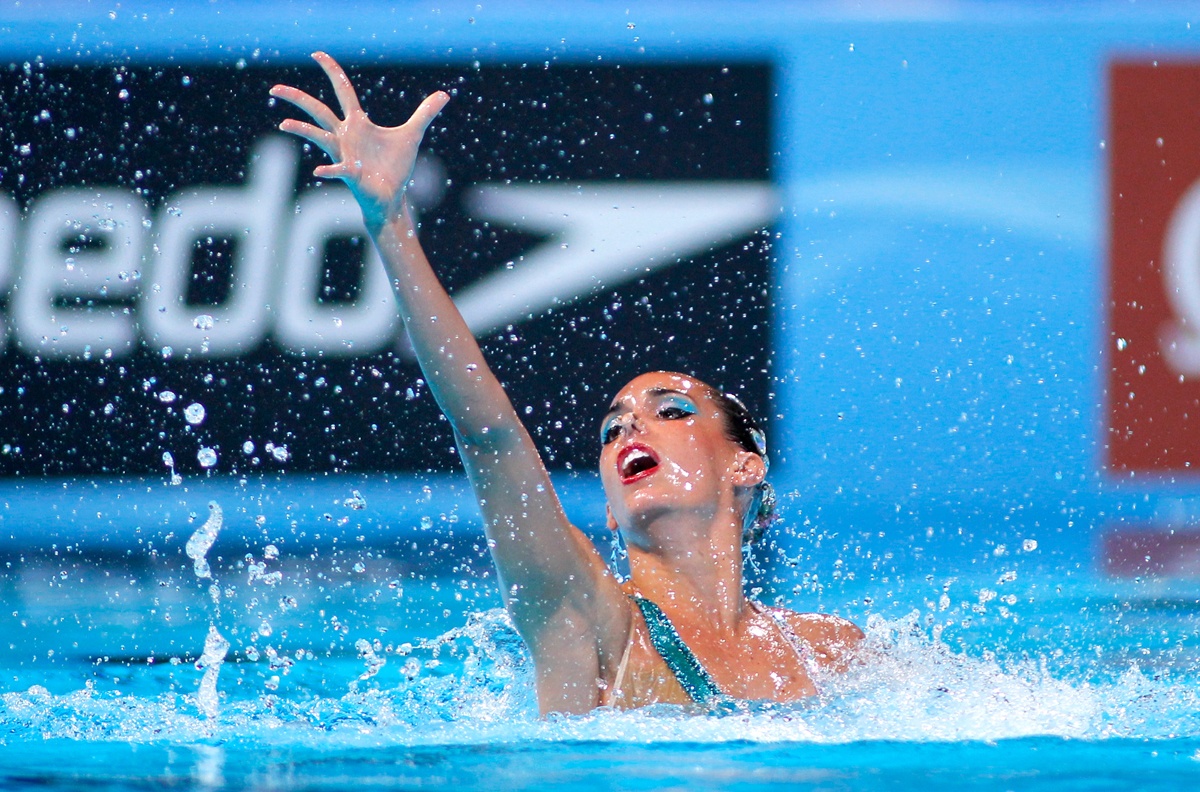
The European Union has officially launched on Tuesday its training mission to train 15,000 Ukrainian military personnel to combat Russian aggression, which is expected to take its first steps in two weeks with two main sites: Poland and Germany, although other member states are carrying out training on their side.
The launching of the initiative took place this Tuesday during the meeting of European defense ministers who followed up on the decision taken last October to train some 12,000 Ukrainian recruits over the next two years, in addition to specialized training for another 3,000 Ukrainian army commanders.
All with the aim of improving the military capacity of the Ukrainian Armed Forces in their defense of the territorial integrity and sovereignty of the country in the face of the military aggression ordered by the Russian President, Vladimir Putin, last February 24.
«War today is a very sophisticated thing. It requires specific capabilities to be able to use modern weaponry, modern tactics of a war that is a completely different war than what we were used to in the classical era,» EU High Representative for Foreign Policy Josep Borrell said in remarks ahead of the meeting in Brussels.
The head of EU diplomacy has emphasized that «all European countries will contribute» with different training tasks. «The important thing is that different Member States will contribute with different training capacities,» he said, giving the example of Spain, which is already training Ukrainian recruits.
For Borrell, the war in Ukraine has taken a «completely different turn» to what Putin expected when he launched the military offensive against Ukraine almost nine months ago and he has celebrated that this training mission has been approved in record time and will become a central part of the EU military support to Ukraine.
107 MILLION BUDGET AND UP TO 20 CONTRIBUTORS The common budget for the operation amounts to 107 million euros, plus another 16 million euros for ammunition and equipment for the operation, which the EU-27 agreed on Tuesday to finance with the European Peace Facility.
The number of contributing countries and the total number of troops to be mobilized by the EU to carry out these tasks remains to be defined, although many member states have shown their interest in contributing to the mission. According to European sources, between 15 and 20 countries will take part in the operation, which will be European in nature and will have multinational teams.
Given the need for operational coordination of a mission of this type, the command will be centralized in the European capital under the figure of the Director General of the EU General Staff, Admiral Herve Blejean.
For the time being, several EU countries have already offered their contributions to the mission. Spain has announced that it will contribute with the training of up to 2,400 military personnel per year, while other countries such as Denmark, Finland or the Netherlands already participate in similar programs under the leadership of the United Kingdom. It is partly a question of bringing together under a European umbrella all these efforts already made by the member states bilaterally with Kiev.
On the other hand, the High Representative warned on his arrival at the meeting of the need to jointly replenish the military reserves at national level, after the effort carried out by the Member States to supply the Ukrainian Army with weapons and ammunition.
In this sense, she emphasized that these purchases should be made jointly, following the requests of Brussels, which has set up a fund of 500 million euros to encourage this type of transactions in the EU-27.
«Stocks must be replenished. The important thing is to go together, so as not to divide the market, to avoid competition. We must avoid what happened with vaccines. All together, all together we can have better prices, better quality and better delivery times,» Borrell assured.
Joint military purchases and investments are down since 2016 and far from the target of making 35 percent of spending jointly. Brussels estimates that in 2020 only 11 percent of defense spending in Europe was channeled into joint projects.






